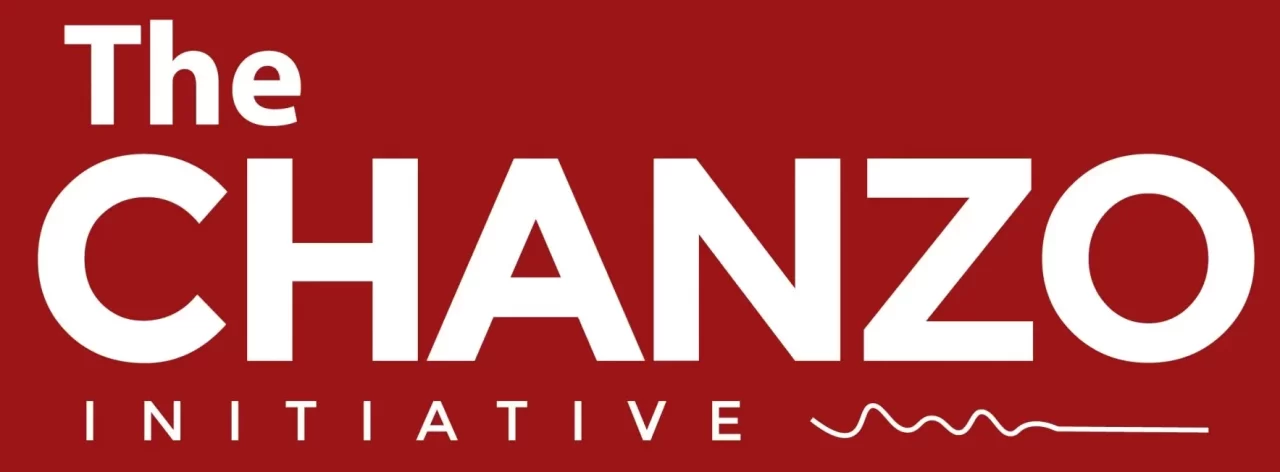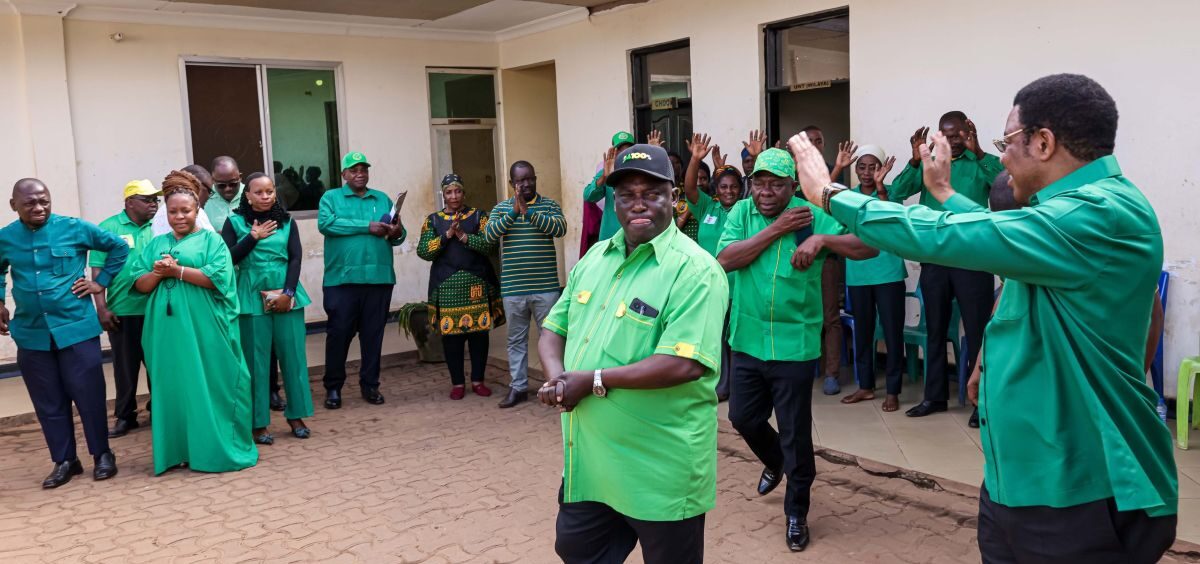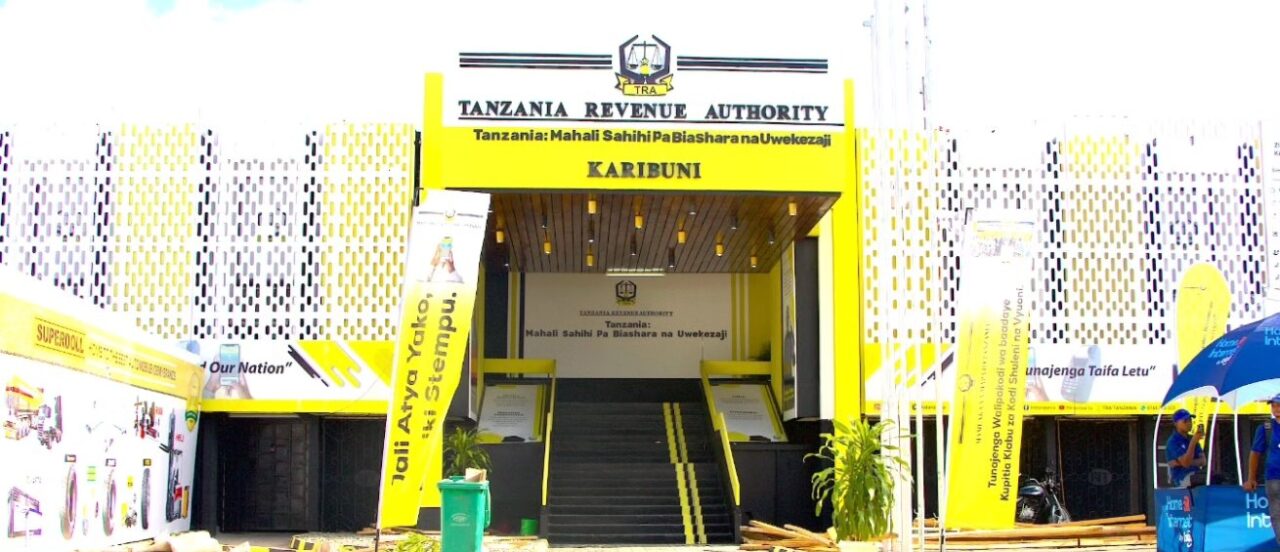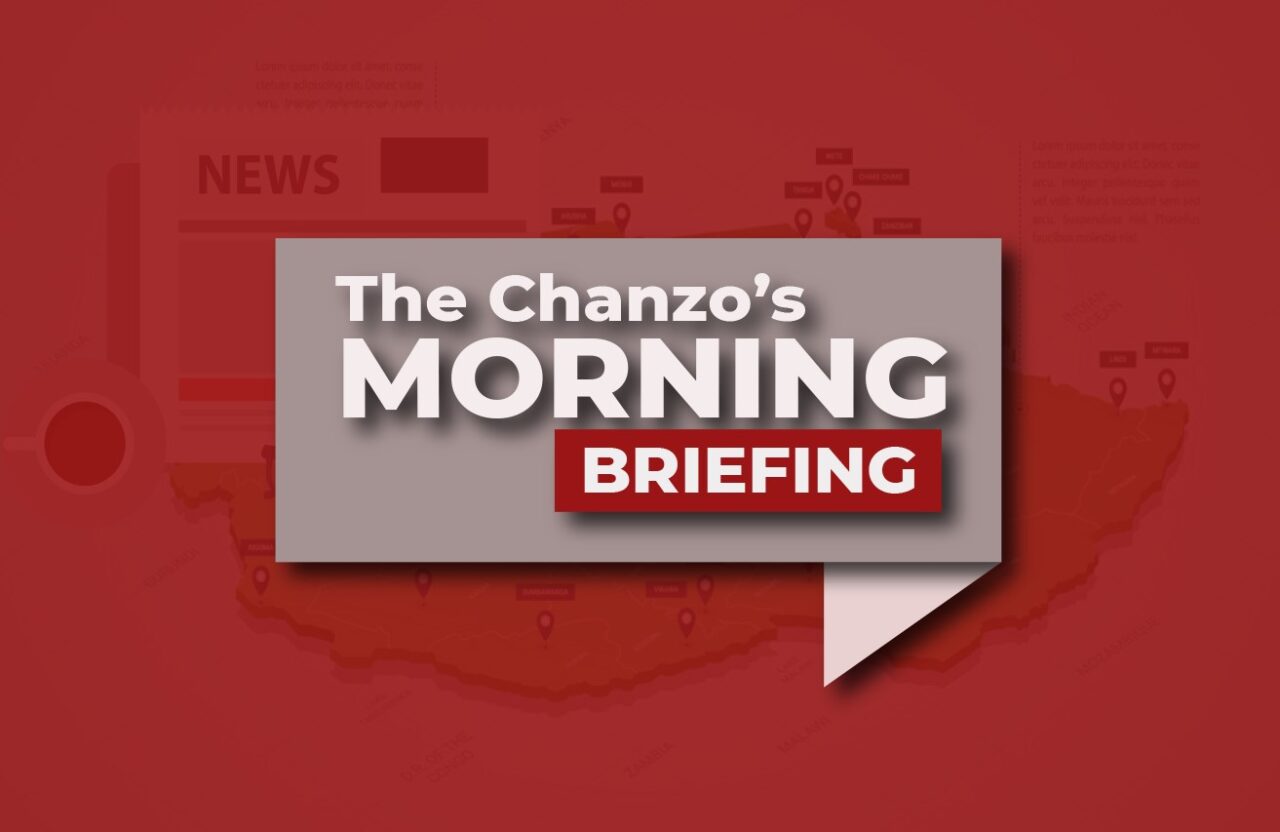Unmanned Aircraft Systems (UAS), commonly known as ‘drones,’ predate piloted aviation. The last seventy years have witnessed a monumental change in these systems, primarily due to innovations like military-driven efforts during the Second World War. Advanced wireless control techniques and more powerful yet affordable computing processors made these devices more available for commercial and recreational uses.
Recently, the Tanzania Civil Aviation Authority (TCAA), through the Civil Aviation Training Centre (CATC), announced special training for flying drones. Titled ‘Drone Pilot Training,’ the training is scheduled to run from January 4 to January 29, 2021. It is commendable where appropriate. This newly emerging technology and its application come with many implications. Training and regulation are appropriate. The training will cover aviation laws; understanding drones; capacity and load balancing; safety and security issues; and weather and communication—all these for a fee of Tsh2 million (which is equivalent to US$862).
Targeting the right audience
This training can be useful, however, authorities must target it to the right audience. There is no sense in training someone to drive a semi-trailer lorry if he/she is only going to operate a golf cart. This is where drone categorisation is essential. The TCAA’s document on UAS categorises drones as light (less than 7kg), medium (7kg -150kg) and large (more than 150kg).
In the United States — a pioneer in aviation — the regulatory body for aviation, the Federal Aviation Administration (FAA), categorises drone flyers into four categories: Recreational Flyers and Modeler Community-Based Organizations. This category covers, among other things, the use of drones for recreation only, flying drones at or below 400 feet (about 121 meters) in uncontrolled airspace, and a requirement to obtain authorisation when flying in controlled airspace. Other flyers categories include the Certified Remote Pilots, including Commercial Operators, Public Safety and Government Users, and Educational Users. These additional categories have more stringent requirements to satisfy more legal obligations and more training requirements.
Looking at the FAA website, the requirements carefully balance, on the one hand, the need for training and regulation, and, on the other hand, the freedom for people to operate drones recreationally without being hindered by regulations meant to address issues that are not particular to out of context concerns, especially recreational drone flying. Drones are so new that many countries have not yet established regulations. Australia is setting May 30, 2022, as the date to register all recreational drones. Particular emphasis is made to ensure registration is quick, easy and can be done online through Australia’s Civil Aviation Safety Authority myCASA portal.
The danger of hindering innovation
In simple words, we should not burden teenagers interested in flying drones, using light recreational drones, with heavy aviation regulations meant to protect high-end commercial drones from colliding with planes. We should also not impose on cash strapped organisations hefty mandatory training fees that may very well spell the end of drone use for some significant work. Doing so will very possibly have the unintended consequence of hindering progress and innovation.
Currently, in Tanzania, even recreational use of drones weighing less than 7kg (categorised as light drones here) require a permit. There should be an exemption on these, most appropriately aligned with recreational drones. My main focus on reconciling freedom with security is based on these light drones. Medium and large drones require more regulation and registration. But even with medium and large drones, all efforts must be made to ensure that registration is easy and convenient, ideally online, and most importantly, affordable. There is a tendency for governmental bureaucracies to look at new technologies as “new source of revenue” that may end up killing the growth of that technology in some Arthur Laffer economic curve.
Civil Aviation professionals have done a good job of putting a technical framework and documenting requirements online. Still, as is often the case, the technical and documentation part may prove to be the least of our worries. What about the strategic plan to make drones accessible? By looking at these hefty training fees, are we making drones accessible or a luxury for rich people’s projects?
I remember a January 2019 story on the British Broadcasting Corporation (BBC) about Khadija Abdullah Ali, who used drones to create more accurate maps in Zanzibar. By then, this was the largest drone mapping project in the world. She mentioned that drones add a lot of value in her project, and they are “so worth it.” If Khadija and her types are not using light drones, will they have to fork up Sh2 million for training? What if they can’t afford that? Will the use of drones decline? Will it’s added advantage disappear?
The need to democratise the use of drones
The Sh2 million fee for a three-week training programme is prohibitive to most Tanzanians. This is especially so considering that one is supposed to shell this much after purchasing the drone itself and a considerable amount in taxes. There was a reason why Tanzania allowed Personal Computers and their peripherals to be imported tax-free. This was to stimulate technological growth. There is a similar case to be made for drones, at least in cutting the hefty training fees.
There is a whole part of drones usage that is mired with the history of military use. The US Military usage of drones is infamous and concerning. For this reason, and all its connotations on espionage and counterintelligence, I want to recognise the importance of regulation and legislation. But on the other hand, there is such a thing as remaining too closed at our own peril with no added advantage. For example, any satellite owning actor probably has access to most of what we do not want them to see, by satellite, not drone.
With drones increasingly being used for non-military purposes, such as mapping, disaster relief such as forest fires and flooding, there is a need to democratise their use and make them more accessible to the general population. Tanzania can achieve this by intelligently deregulating drones where appropriate, and making their use more cost-effective.
Katundu Kassim is a political and technology analyst based in Dar es Salaam, Tanzania. He can be reached at katundukassim1@gmail.com. These are writers’ own opinion, and they do not necessarily reflect the viewpoint of The Chanzo Initiative.





3 responses
CDM is of essence here. We are marred in silo thinking and this has had major impact on policies and regulations
You mentioned that drones under 7 kg do not rewuire a permit, but most drone pilots use drones less than 7 kg, and its to my understanding that these people can not fly their drones without a permit. Can you please be clear on this?
William. The article is updated to correct the initial error.Light drones do require permit according to primary documentation below.The article initially stated they do not require permits erroneously due to a secondary document. Apologies for the confusion.
The document is at https://www.tcaa.go.tz/files/pages/doc_20200827113130_Recreational%20Requirements.pdf
Also see https://my-road.de/downloads/Tansania_AIC-05-2017_Unmanned_Aircraft_Systems.pdf